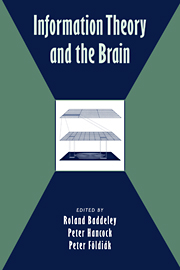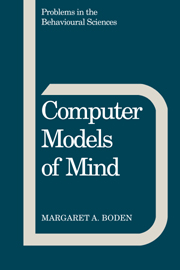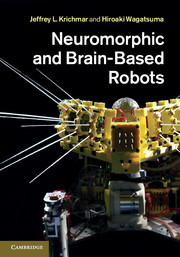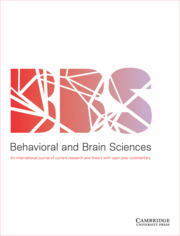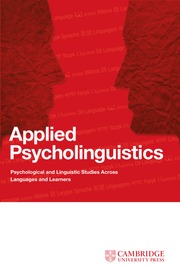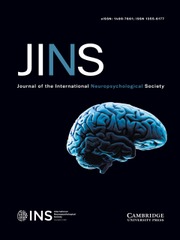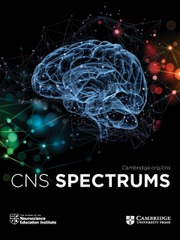Information Theory and the Brain
Information Theory and the Brain deals with a new and expanding area of neuroscience that provides a framework for understanding neuronal processing. This framework is derived from a conference held in Newquay, UK, where a group of scientists from around the world met to discuss the topic. This book begins with an introduction to the basic concepts of information theory and then illustrates these concepts with examples from research over the past forty years. Throughout the book, the contributors highlight current research from the areas of biological networks, information theory and artificial networks, information theory and psychology, and formal analysis. Each section includes an introduction and glossary covering basic concepts.
- Broad audience: neuroscience, computer science, vision
- Current research presented in an available form with brief introduction and glossary
- Exciting addition to rapidly growing area of computational neuroscience
Reviews & endorsements
"...the skeptic as well as the aficionado of information theory will profit from reading this new book." The Quarterly Review of Biology
Product details
December 2008Paperback
9780521087865
360 pages
229 × 152 × 19 mm
0.48kg
123 b/w illus. 4 tables
Available
Table of Contents
- List of contributors
- Preface
- 1. Introductory information theory and the brain Roland Baddeley
- Part I. Biological Networks:
- 2. Problems and solutions in early visual processing Brian G. Burton
- 3. Coding efficiency and the metabolic cost of sensory and neural information Simon B. Laughlin, John C. Anderson, David O'Carroll and Rob de Ruyter van Stevenick
- 4. Coding third-order image structure Mitchell Thomson
- Part II. Information Theory and Artificial Networks:
- 5. Experiments with low entropy neural networks George Harpur and Richard Prager
- 6. The emergence of dominance stripes and orientation maps in a network of firing neurons Stephen P. Luttrell
- 7. Dynamic changes in receptive fields induced by cortical reorganization Germán Mato and Néstor Parga
- 8. Time to learn about objects Guy Wallis
- 9. Principles of cortical processing applied to and motivated by artificial object recognition Norbert Krüger, Michael Pötzsch and Gabriele Peters
- 10. Performance measurement based on usable information Martin Elliffee
- Part III. Information Theory and Psychology:
- 11. Modelling clarity change in spontaneous speech Matthew Aylett
- 12. Free gifts from connectionist modelling John A. Bullinaria
- 13. Information and resource allocation Janne Sinkkonen
- Part IV. Formal Analysis:
- 14. Quantitative analysis of a Schaffer collateral model Simon Schultz, Stefano Panzeri, Edmund Rolls and Alessandro Treves
- 15. A quantitative model of information processing in CA1 Carlo Fulvi Mari, Stefano Panzeri, Edmund Rolls and Alessandro Treves
- 16. Stochastic resonance and bursting in a binary-threshold neuron with intrinsic noise Paul C. Bressloff and Peter Roper
- 17. Information density and cortical magnification factors M. D. Plumbley
- References
- Index.

